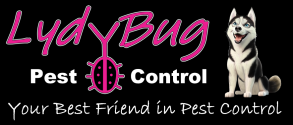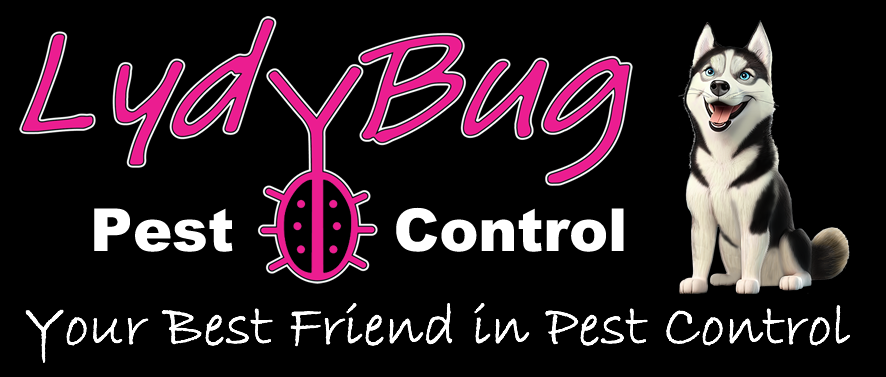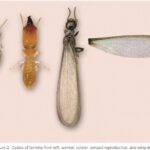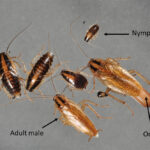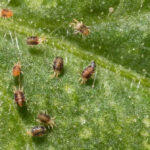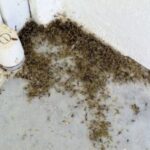In the realm of tiny yet formidable creatures lies a pest that strikes fear into the hearts of homeowners and architects alike—the subterranean termite. These minuscule insects, often unseen and silent, wield an unparalleled destructive power that challenges the integrity of our dwellings.
Meet the Subterranean Termite
Subterranean termites, scientific name Reticulitermes flavipes, are highly organized insects that live in underground colonies. Their societal structure is sophisticated, comprising different castes: workers, soldiers, and reproductive individuals, each with distinct roles in the colony.
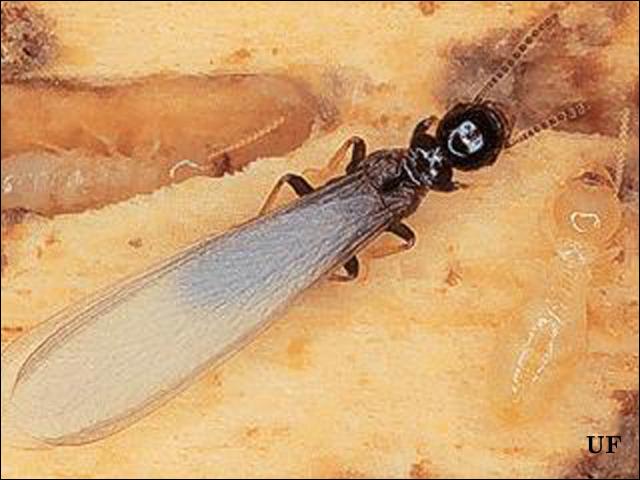
Life Beneath the Surface
These industrious insects feed on cellulose-based materials, primarily wood and other plant matter. They possess a unique ability to break down cellulose with the help of symbiotic microorganisms living in their digestive systems. This enables them to convert wood into a source of sustenance, which becomes a threat to wooden structures.
The Silent Invaders
One of the most alarming aspects of subterranean termites is their secretive nature. They often invade structures from beneath the ground, constructing mud tubes along foundations or walls. These tubes serve as protective passageways, shielding them from light and predators while allowing access to their chosen feast—our homes.
Signs of Infestation
Detecting a subterranean termite infestation early is crucial in minimizing damage. Look out for signs such as hollow-sounding wood, discarded wings near windowsills, mud tubes along walls or foundation, or small holes in wood with powdery substance (termite droppings).
The Damage They Wreak
Despite their tiny size, subterranean termites cause significant structural damage. They can weaken wooden structures, compromising the stability of buildings over time. The economic impact of termite damage runs into billions globally, emphasizing the urgent need for preventive measures and swift action upon detection.
Combatting the Threat
Preventing a subterranean termite invasion involves various strategies. Employing physical barriers like metal screens or chemical treatments around the foundation can deter their entry. Regular inspections by pest control professionals also aid in early detection and treatment, preventing widespread damage.
Environmental Impact
While combating termites, it’s essential to consider the environmental implications of control measures. Some chemical treatments may have adverse effects on the ecosystem. Thus, researchers continuously strive to develop environmentally friendly solutions for termite control.
Final Thoughts
The world of subterranean termites is both intriguing and concerning. Understanding their behavior, early detection, and implementing effective control measures are crucial steps in safeguarding our homes and structures from these silent destroyers.
In conclusion, being vigilant and proactive against subterranean termites is key to preserving the integrity of our homes and protecting them from the stealthy and relentless damage inflicted by these tiny yet formidable creatures.
Termites might be small, but their impact can be enormous. Understanding their behavior and taking preventive measures can go a long way in mitigating their destructive potential. Contact LydyBug Pest Control today if you have suspicion of termite activity, or if you’re interested in protecting your home preventatively.
